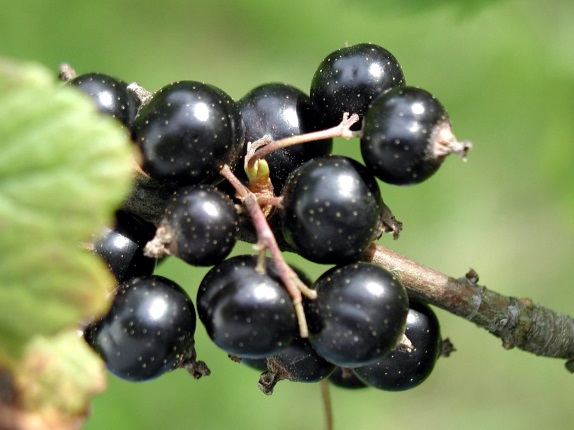Black Currant

Botanical Name: Ribes laxiflorum
Common Name: Trailing Black Currant
Other Names: Qunisiq (name for all currants), goose berry, skunk currant, stink currant, hairy berry
Found in: Open coniferous forest, stream banks, and meadow edges.
Physical Characteristics: This shrub with shredding bark is usually upright but is occasionally sprawling (2-3 feet). Leaves are toothed and 3-5 lobed (maple shaped). They are arranged alternately on the branches and turn red in the fall. The small-brick red flowers are on weak, drooping stems hanging under the leaves. The tasty berries which ripen in July are red and translucent (Pratt 1989)
Nutritional Value: Loaded with vitamin C.
Parts of the plant used: Berries, branches
When plant should be gathered: Branches for switches would be gathered in the spring before flowers bloom and it is one of the first leafy plants available. Branches for cambium can be gathered year round. Berries are gathered late July - August.
Plant applications: food, switch, poultice/decoction
Reported Benefits: Eye problems, Weight loss
Preparation/Processing: Food: Jams and / or jellies, syrups and pies can be made from the berries.
Eye problems: The cambium was boiled, cooled, and used as a wash for sore eyes. The outer bark was also used if not enough cambium was available. The juice straight from fresh currants was also squeezed into sore eyes (Russell 1991)
Weight loss or loss of appetite: branches were used as a steam bath switch. This was said to be helpful for increasing a person’s appetite. (Russell 1991)
